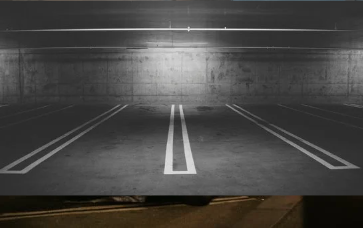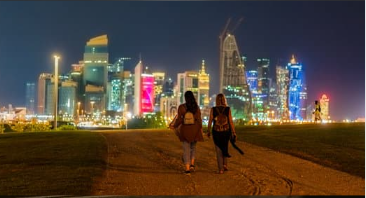
Blogs •
February 2, 2024
Three ways to help stay safe when working night shifts
Ensure you’re fit to drive
No matter what hours you work, you’re sure to feel tired at the end of a long shift. Combine this with clocking out during nighttime hours when your body is programmed to sleep, and you’re likely to find that you feel extra tired as you make your way to your car. If your working pattern is particularly inconsistent – such as working some daytime, and some nighttime shifts – this issue can feel even more pronounced and problematic.
6am is the time that you’re most likely to fall asleep behind the wheel (20 times more likely than you are at 10pm) and is also the time that most night shift workers begin to head home. You can drastically reduce your risk of falling asleep by only driving when you feel awake enough to do so. With a percentage of fatal road crashes being attributed to fatigued driving, it’s crucial that you take all the preventative measures you can, whether by carpooling, asking somebody for a lift, or using safe public transport.

Park in a well-lit area
It’s hard to be totally aware of your surroundings when it’s dark outside. In such low visibility conditions, it’s crucial to stay as safe as possible when getting in and out of your car.
To start, you’ll want to make sure that you park in a safe, secure area, such as a car park on your work premises, rather than out on the street which is inevitably much more accessible to non-employees. A staff car park should have plenty of street lights illuminating it, making it much easier to see what’s going on around you as you travel to and from your car.
If you’re not able to park in a car park, you’ll want to make sure that you’re parking on a well-lit road so that you can see who is coming and going from the area, as well as any potential hazards around you. Don’t forget to always wear your glasses or lenses at night, if you need them – no amount of artificial light can compensate for having poor eyesight.
Have someone walk you to your car
Ideally, you’ll be leaving work with a couple of colleagues at the end of your night shift. Ultimately, there’s safety in numbers, and you’re guaranteed to feel more secure if you’re walking to your car as a pair rather than on your own.
Of course, not everyone will have someone to walk them to their vehicle at the end of a long night, particularly if they work alone during these hours. If you think you’ll be exiting the building alone, you can arrange to call a friend at this time, or let somebody know that you’re leaving – and that you’re safe once you’ve arrived home.
If you’re particularly concerned, it’s always worth talking to your employer about how you can stay safe when working a night shift. They may be able to arrange a parking spot right by the entrance, or equip you with a personal alarm just in case.

Prioritize your safety
All travel involves some element of risk, but when you factor in low-light conditions and the dangers of fatigued driving, this risk increases considerably. The best thing you can do is be mindful of what could happen, stay up-to-date with safety advice, and always follow your gut in risky situations to keep yourself out of harm’s way.
